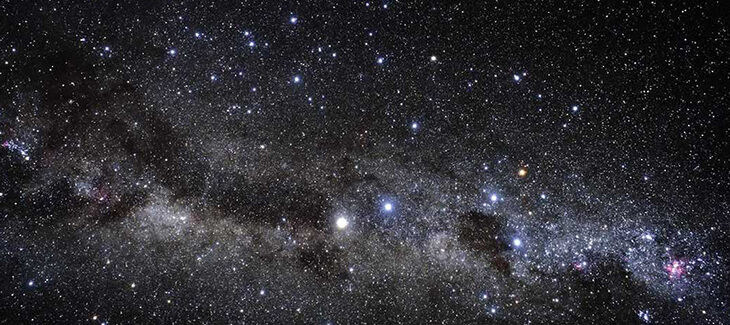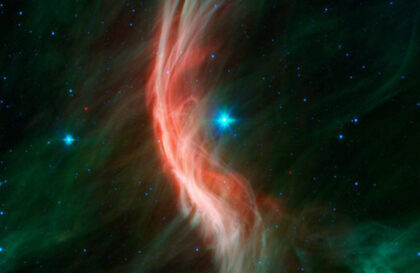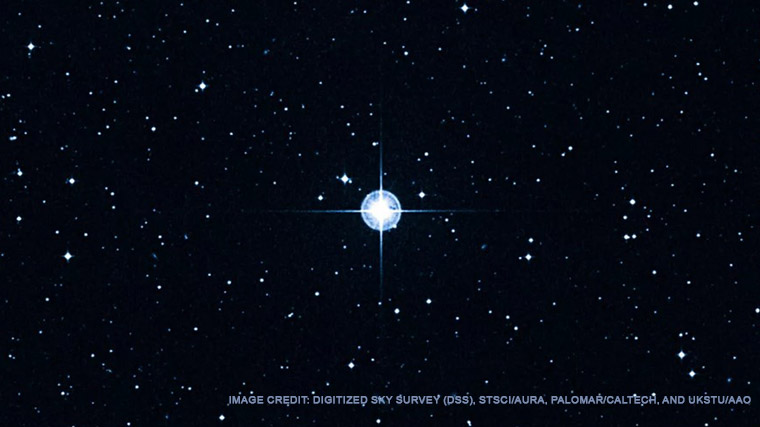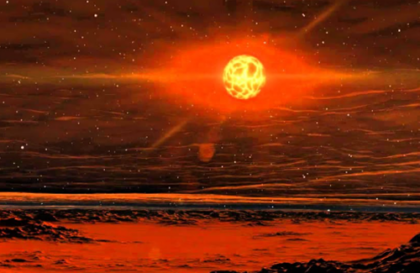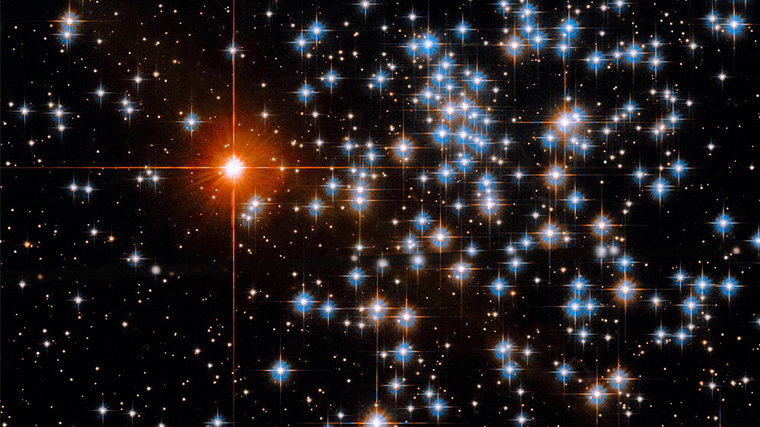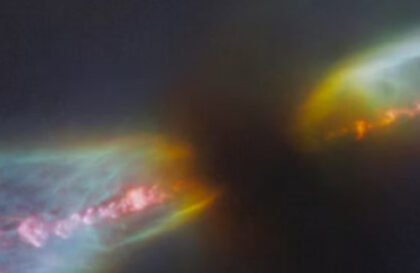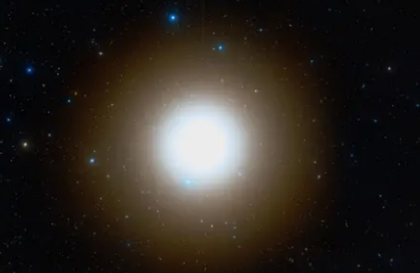Scorpio is one of the 13 zodiac constellations in the sky’s southern hemisphere. The Sun enters Scorpio on November 23 and leaves on November 29.
In astrology, Scorpio is considered a powerful and influential sign. It is associated with the element of water and is ruled by the planet Pluto, which is said to rule over transformation and rebirth. Scorpio is also associated with the eighth house, representing death, rebirth, and shared resources.
Scorpio mythology and symbolism
Scorpio is a zodiacal constellation of the southern hemisphere of the sky. According to ancient Greek mythology, the Scorpion was associated with the story of Orion, a great hunter who boasted that he could kill any animal on Earth. Gaia, the earth goddess, sent a scorpion to kill Orion, and both the scorpion and Orion were placed in the sky as constellations. In Babylonian mythology, the Scorpion was associated with the goddess Ishtar, while in Egyptian mythology, it was associated with the goddess Selket. The ancient Egyptians believed that Scorpio represented the cycle of birth, death, and rebirth, as the constellation appeared during the annual flooding of the Nile, which brought new life to the earth.
This constellation is also associated with the god Aesculapius, who is said to have been resurrected as a snake and later placed in the sky as the constellation Ophiuchus. The constellation Scorpio is located near the center of the Milky Way galaxy.
It can be seen from May to July in the Northern Hemisphere and from November to January in the Southern Hemisphere. The constellation Scorpio includes 162 visible stars.
When Scorpio descends, Orion goes behind the horizon as if running away.
The stars that make up the constellation Scorpio
The constellation Scorpius shows common points of interest below. Credit: Sea and Sky
At the center of the constellation Scorpius lies Antares, the brightest star in the constellation. Its name comes from the Greek word “Antares,” which means “rival of Ares,” the god of war. Antares is a red supergiant star located about 550 light years from Earth. It has a diameter about 700 times that of the Sun and is one of the most luminous stars. Antares is also known as the “Heart of the Scorpion” and is an essential landmark for astronomers.
The scorpion’s sting consists of two stars: Shaula and Lesat. Shaula is a white-blue star about 700 light-years away from Earth. Its name comes from the Arabic word “shaula,” which means “raised tail”. Lesat, on the other hand, is a blue-white star about 520 light-years from Earth. Its name comes from the Arabic word “al-lesat,” which means “sting.”
Tau Scorpius: A binary star system located approximately 470 light years from Earth. It consists of two white-blue stars that orbit each other every 3.7 days.
G Scorpius: A red giant star located approximately 530 light-years from Earth. Its diameter is about 80 times greater than the diameter of the Sun.
Lambda Scorpion: located at the base of Scorpion’s tail.
Mew of the Scorpion: located in the area of the scorpion’s boot.
Credit: Sea and Sky
Other objects of the constellation Scorpio
There are four Messier objects and other interesting objects in Scorpius:
- M6, known as the Butterfly Cluster, is shaped like a butterfly and consists of 80 stars.
- M7, known as the Ptolemy Cluster, also has about 80 stars.
- M4 and M80 are globular star clusters. M80 is known to be one of the most densely populated clusters in our galaxy, while M4 is less densely packed.
In addition to the Messier objects, you can also find other interesting objects in Scorpio:
- The Butterfly Nebula (NGC 6302) is a bipolar planetary nebula with a butterfly-like appearance.
The bright clusters and nebulae of planet Earth’s night sky are often named for flowers or insects. Though its wingspan covers over three light-years, NGC 6302 is no exception. With an estimated surface temperature of about 250,000 degrees C, the dying central star of this particular planetary nebula has become exceptionally hot. Credit: NASA/ESA/Hubble
- The Cat’s Paw Nebula (NGC 6334) is an emission nebula where new stars are forming.
In total, the Cat’s Paw Nebula could contain several tens of thousands of stars. The nebula appears red because its blue and green light is more effectively scattered and absorbed by the material between the nebula and Earth. The red light comes primarily from hydrogen gas glowing under the intense glare of hot young stars. Credit: ESO
- The War and Peace Nebula (NGC 6357) is a diffuse nebula and a region of active star formation. It gets its name from its appearance: in infrared images, the bright western part resembles a dove, while the eastern part resembles skulls.
Although no seasons exist in space, this cosmic vista invokes thoughts of a frosty winter landscape. It is a region called NGC 6357 where radiation from hot, young stars energizes the cooler gas in the cloud surrounding them. Credit: X-ray: NASA/CXC/PSU/L
Banner image: The sky panorama with the Scorpius-Centauri association is challenging to study due to the broad field of view. Astronomers have identified many fainter stars in the association only through spectroscopic observations. Credit: Simon Murphy/ Mount Stromlo/ CfA.
Image credit:
https://earthsky.org
http://www.seasky.org
http://www.seasky.org
https://www.nasa.gov
https://www.eso.org
https://www.nasa.gov
